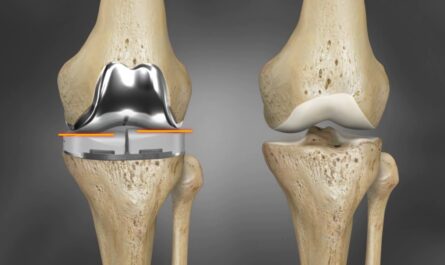The global general surgery devices market comprises of a wide range of surgical equipment such as disposable surgical supplies, surgical equipment, endoscopic devices, electrosurgical devices, and adjunctive surgical devices designed to enable a range of general surgical procedures. General surgery devices provide less invasive methods, advanced technologies like robots with robot assisted surgery for applications like cancer, obesity and gastrointestinal surgery to deliver advantages like reduced morbidity, improved procedure efficacy and faster recovery.
The Global General Surgery Devices Market is estimated to be valued at US$ 16.46 Bn in 2024 and is expected to exhibit a CAGR of 9.1% over the forecast period 2024 To 2031.
Key Takeaways
Key players operating in the global general surgery devices are Medtronic Plc, Johnson & Johnson Service; Inc., Conmed Corporation, Integra LifeSciences, Smith & Nephew, Becton, Dickinson and Company (Bd), B. Braun Melsungen Ag, Cadence Inc, Integer Holdings Corporation, Olympus Corporation, Stryker, Boston Scientific Corporation, Erbe Elektromedizin Gmbh and 3M Healthcare. The growing geriatric population and rising prevalence of chronic diseases like cancer is fueling the demand for general surgery procedures globally. Major players are focusing on expansion in emerging markets of Asia Pacific and Latin America through acquisitions and new product launches.
Market key Trends
One of the key trends gaining traction in the Global General Surgery Devices Market Trends is the increasing adoption of robot-assisted surgery systems. Procedures like colon and prostate resections are increasingly being performed with the help of robotic systems due to advantages like wristed instrumentation, HD visualization, and improved dexterity. The need for minimally invasive procedures is also propelling demand for advanced endoscopic devices. Furthermore, leveraging IoT and AI, companies are introducing smart connected devices with cloud integration and predictive analytics capabilities to optimize surgical workflows and outcomes.
Porter’s Analysis
Threat of new entrants: Low economy of scale means high capital requirements pose difficulty for new players to enter the market.
Bargaining power of buyers: Buyers have low bargaining power due to highly specialized products and significant investment required in product development and marketing.
Bargaining power of suppliers: Suppliers have moderate bargaining power due to availability of substitute raw materials.
Threat of new substitutes: Limited threat of substitutes as the industry is highly R&D driven and products target specific applications.
Competitive rivalry: Intense competition among existing players to gain market share and protect revenue streams.
Geographical Regions
North America holds the largest market share in terms of value owing to factors such as an established healthcare system, presence of top market players, and high adoption of technologically advanced medical devices.
Asia Pacific region is expected to witness the fastest CAGR over the forecast period due to large patient population, rising medical tourism, improving healthcare infrastructure and growing disposable incomes in developing countries of the region.
*Note:
1. Source: Coherent Market Insights, Public sources, Desk research
2. We have leveraged AI tools to mine information and compile it.


